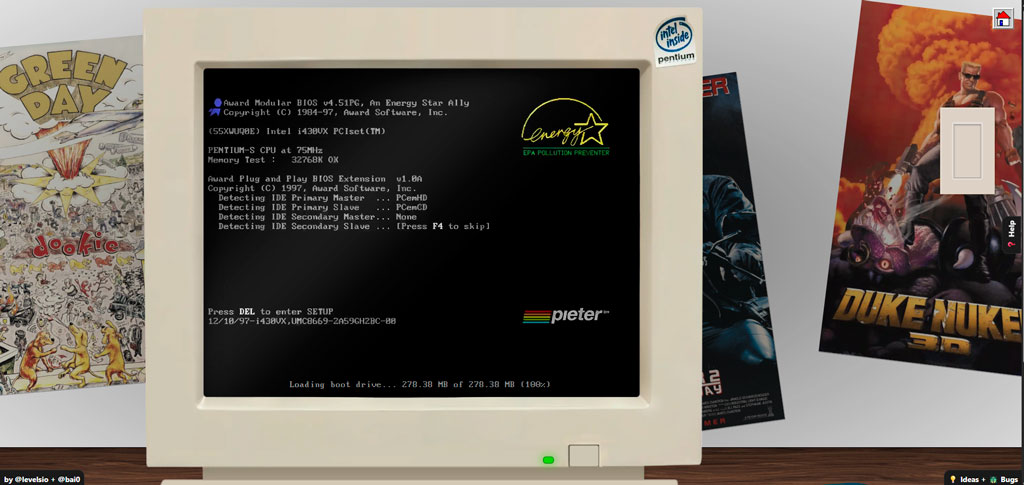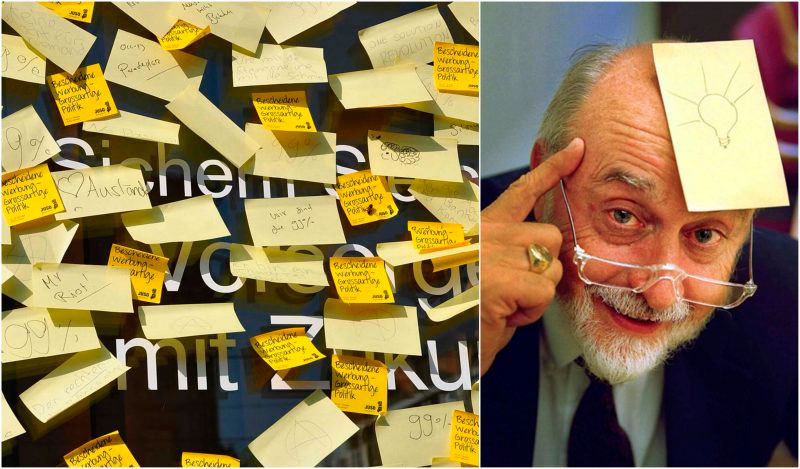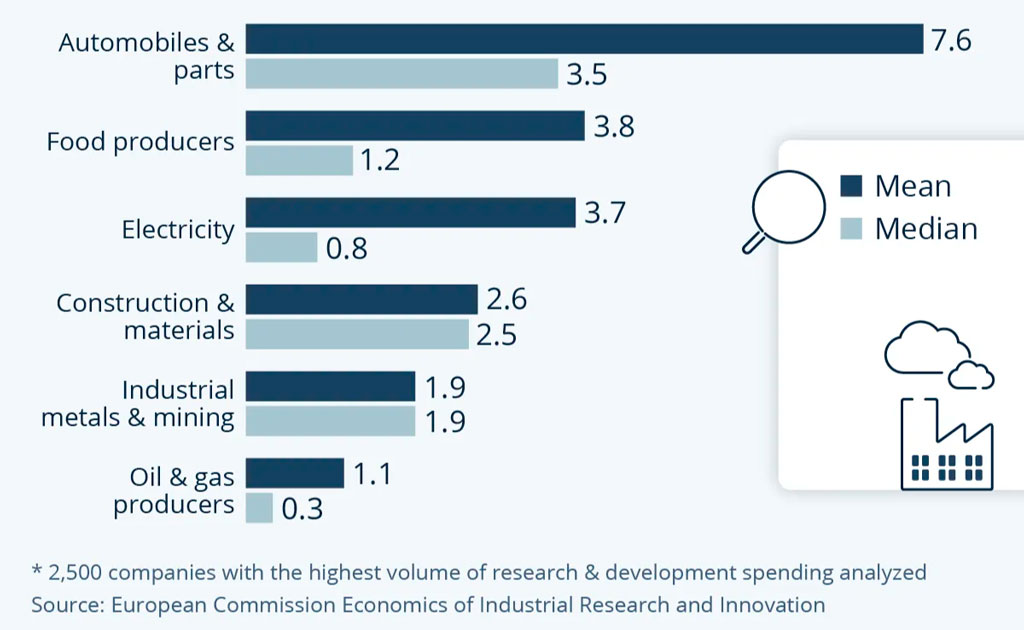“Because I Can” Projects: Why Useless Experiments Matter in AEC Tech

Every now and then, the internet blesses us with something that defies reason—and yet, sparks admiration.
A rollercoaster built entirely in Microsoft Excel. A developer who wrote functioning code entirely inside PowerPoint. A fully working 8-bit calculator built block-by-block inside Minecraft.
These are not portfolio pieces or client requests. They’re not even prototypes for anything useful.
They’re “Because I Can” projects and they matter more than most people think

“Because I Can” projects: useless, on Purpose
Let’s be honest: no manager or product owner ever asked for a rollercoaster in Excel.
There’s no stakeholder meeting where someone raises their hand and says, “Could we maybe try programming a text editor in MS Paint?” But people do it anyway.
These kinds of experiments often appear as nothing more than quirky internet stunts.
Yet, behind the absurdity lies something powerful: unbounded exploration.
A space where curiosity drives action, not business goals.
And that freedom often leads to breakthroughs that more structured, roadmap-driven R&D can’t.

Accidental Inventions That Changed the World
Some of the most useful, profitable, and world-changing inventions came from side experiments, mistakes, or unrelated R&D:
- Post-it Notes – A failed attempt to create a super-strong adhesive at 3M led to one of the most ubiquitous office tools in the world.
- Penicillin – Discovered by Alexander Fleming after mold contaminated a Petri dish and killed bacteria around it. Not intentional—but revolutionary.
- Microwave Oven – Percy Spencer was experimenting with radar technology when he noticed a candy bar melted in his pocket. The microwave was born.
- Velcro – Invented after George de Mestral studied burrs stuck to his dog’s fur under a microscope.
- X-rays – Wilhelm Röntgen stumbled upon X-rays while experimenting with cathode rays.
- Super Glue – Discovered twice while scientists were trying to make clear plastic for gun sights.
- Teflon – Accidentally discovered when a DuPont chemist found that a gas cylinder had polymerized into a slippery solid.
None of these started with a business case. They started with curiosity, play, or accidents—and they reshaped entire industries.

R&D: With or Without a Destination
In the AEC tech world, R&D is usually tethered to outcomes—cost savings, workflow automation, new product lines.
That’s the kind of innovation you pitch to leadership, complete with KPIs and ROI projections.
But not all R&D works that way.
Sometimes the goal isn’t clear. Sometimes there is no “use case” yet.
And that’s where the “Because I Can” mindset comes in. It’s the fertile, chaotic, creative ground where real innovation often begins.
Google’s Gmail and 3M’s Post-It Notes both came from unstructured tinkering. Not market analysis. Not executive strategy.
AEC tech needs a lot more of that. We all know the construction environment itself is a place where there are too many risks and constraints to have fun and experiment but the reality is that with nowadays technology you can create as many safe virtual environment to do it, or at least in the pre-conceptual and design space.

AEC Needs More Unreasonable Projects
We’re an industry that builds the world—literally.
Yet our tools, platforms, and workflows often lag behind in creativity because we’re afraid to pursue paths without a guaranteed outcome.
Imagine someone in an AEC firm trying to:
- Animate a construction schedule using a game engine… with LEGO-style avatars.
- Build a structural analysis solver inside a spreadsheet, just for fun.
- Simulate daylighting in Unreal Engine using only Minecraft blocks.
- Auto-generate Revit geometry based on tweets.
Crazy? Definitely.
Pointless? Not at all.
These experiments bend the boundaries of what’s possible. They expose limitations in our tools. They spark new ideas. They attract curious minds. And sometimes—accidentally—they become real solutions.

Why AEC Management Hates This—and Why That’s a Problem
Let’s face it: when resources are limited, it’s hard to justify “useless” projects.
Managers want trackable deliverables. Business owners want predictable returns. And “I did this just to see if I could” is not exactly a great slide for the boardroom.
But that’s short-sighted.
Globally, only about 5% of total revenue is spent on R&D across industries—but in AEC, that number is closer to less than 2%, according to McKinsey and other industry sources.
And of that sliver, over 80% is often allocated to outcome-driven R&D—cost savings, digitization, or product development. Only a tiny portion goes to pure experimentation.

And yet, when you track the origin of transformative innovations in tech, many start from unstructured exploration or individual side projects.
Companies that only invest in what’s immediately profitable will miss out on the moonshots. If we only value experiments with clear business cases, we’ll never stumble upon the next big thing.
That’s why I believe leaders in AEC tech must make space for curiosity-driven experimentation. Not as a side hustle. Not as a weekend hobby. But as a legitimate and supported part of R&D.

More AEC “Because I Can” Projects that stands out
There are so many great examples that not necessary are industry based but here are some of my favorites related to the AEC:
- Revit to Minecraft exporter – making BIM walkable in voxels.
- Townscaper– creating cities without goals or limits, just for the pleasure of doing it.
- Dynamo-to-Domino’s Pizza – a hackathon project that orders a pizza with a script.
- Unreal BIM Comic Shader – rendering Revit models like graphic novels.
- Thermal printer output of BIM data – printing a Revit schedule in dot-matrix style for fun.
These aren’t distractions. They’re proof that people in AEC are hungry for playful innovation.

“Because I can” Projects, some final Thoughts
It sounds counterintuitive in this world where there is not a purpose behind everything but not every project needs a purpose, not every invention starts with a problem and sometimes the best ideas come from the purest place of just doing.
So if you’re in AEC tech and thinking about trying something weird—maybe coding with geometry nodes in Blender, or embedding BIM data into Google Sheets via Morse code—don’t ask for permission and as long as you are having fun just build it.
And when someone inevitably asks, “Why would you do that?” You can smile and say: “Because I can.”
Valentin Noves
I'm a versatile leader with broad exposure to projects and procedures and an in-depth understanding of technology services/product development. I have a tremendous passion for working in teams driven to provide remarkable software development services that disrupt the status quo. I am a creative problem solver who is equally comfortable rolling up my sleeves or leading teams with a make-it-happen attitude.
